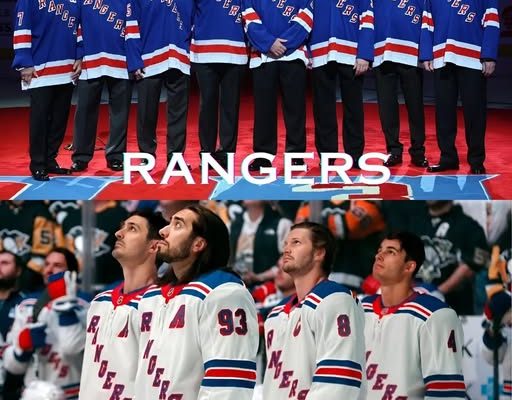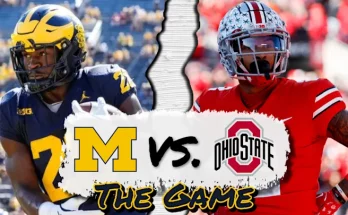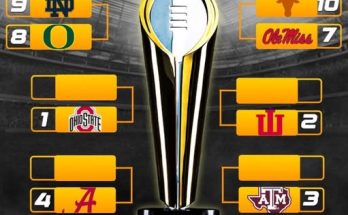The New York Rangers, one of the NHL’s Original Six franchises, have a storied history filled with legends, unforgettable moments, and transformative eras. Since their inception in 1926, the Rangers have been a symbol of pride for New York City, delivering decades of excitement and heartbreak at Madison Square Garden. Throughout this rich tapestry of hockey tradition, certain players have stood above the rest—icons whose skill, leadership, and contributions have left an indelible mark on the franchise. Compiling a list of the top 25 players in New York Rangers history is no easy task, considering the deep talent pool and the evolution of the game itself. However, this list seeks to balance longevity, impact, talent, leadership, and legacy in the Blueshirts’ sweater.
At the top of the list, few names resonate more deeply with Rangers fans than Mark Messier. The six-time Stanley Cup champion, though he won just one in New York, brought a level of leadership and passion that forever changed the franchise. His guarantee of victory in Game 6 of the 1994 Eastern Conference Finals, followed by a natural hat trick, has become the stuff of legend. Messier’s lift of the Stanley Cup that same year ended a 54-year drought and immortalized him in Rangers lore.
Just below him, Brian Leetch, one of the greatest American-born defensemen in NHL history, sits comfortably among the elite. A Norris Trophy winner and the Conn Smythe winner in the 1994 Cup run, Leetch was the engine that drove the Rangers from the blue line. His skating, vision, and offensive production were unmatched during his prime, and he remains one of the most beloved players in franchise history.
Mike Richter, the heart and soul in net during the 1994 championship, is widely remembered for his acrobatic saves and steely nerves. His legendary stop on Pavel Bure during a penalty shot in the Stanley Cup Final remains one of the most replayed moments in Rangers history. Richter’s commitment to the franchise and consistent elite play helped anchor the team for over a decade.
Rod Gilbert, the franchise’s all-time leader in points until recently, was the epitome of class and skill. A member of the GAG (Goal-A-Game) line, Gilbert played his entire career with the Rangers and was the first player in franchise history to have his number retired. His graceful skating and deadly accurate shot made him a fan favorite in the 1960s and 1970s.
Henrik Lundqvist, the King of the post-lockout era, redefined goaltending excellence in New York. For 15 seasons, Lundqvist stood as a pillar of consistency and excellence, winning a Vezina Trophy and carrying the Rangers to the 2014 Stanley Cup Final. His ability to steal games with breathtaking saves and his poise under pressure made him the face of the franchise for over a decade.
Adam Graves, another critical piece of the 1994 Cup team, combined grit with scoring touch. Known for his community involvement and relentless play style, Graves scored 52 goals in the 1993-94 season and provided the emotional fuel for a Rangers team on a mission. His work ethic and heart made him one of the most respected players in team history.
Jean Ratelle was elegance on ice. A two-way center with a deft scoring touch and incredible hockey sense, Ratelle was a consistent point-per-game player during his tenure in New York. His chemistry with Gilbert and Vic Hadfield formed the core of one of the most potent lines in NHL history. Despite being traded later in his career, Ratelle’s contributions remain foundational to the Rangers’ identity.
Vic Hadfield brought toughness and scoring prowess to the GAG line. The first Ranger to score 50 goals in a season, Hadfield’s physical play and leadership made him a fan favorite and a key figure in the 1970s era. His presence created space for linemates Gilbert and Ratelle, making the trio nearly unstoppable.
Brad Park, often overshadowed by Bobby Orr during his era, was a dominant force on the Rangers’ blue line. With exceptional vision, defensive positioning, and puck-moving skills, Park was a perennial Norris Trophy contender. Though his career was split between New York and Boston, his years with the Rangers showcased his brilliance and competitive fire.
Andy Bathgate, one of the NHL’s premier scorers of the 1950s and early 1960s, was a smooth-skating right winger with a lethal shot. A Hart Trophy winner in 1959, Bathgate was one of the few bright spots during a difficult stretch in Rangers history. His offensive brilliance helped keep the team competitive in an era dominated by other Original Six powerhouses.
Walt Tkaczuk was a defensively responsible center who brought stability and toughness to the Rangers for nearly two decades. Known for his faceoff skills and penalty killing, Tkaczuk never quite gained national recognition but was invaluable to the Rangers’ success during his tenure. His loyalty and consistency remain hallmarks of his time in New York.
Ron Greschner, a fan favorite and longtime defenseman, embodied the spirit of the Rangers through the late 1970s and 1980s. His offensive ability and willingness to engage physically made him a fixture on the blue line. Greschner’s versatility and commitment to the franchise made him one of the most enduring players of his generation.
Phil Esposito, though better known for his time with the Boston Bruins, had a productive and influential stint with the Rangers. After being traded for Ratelle and Park, Esposito became a vocal leader and remained a point-producing machine into the twilight of his career. His presence brought experience and scoring savvy to a transitioning Rangers roster.
Tony DeAngelo’s name might come with controversy, but for a brief period, his offensive production from the back end was undeniable. Though his tenure was short and tumultuous, his skill during the 2019-2020 season cannot be overlooked entirely. However, his off-ice issues ultimately overshadowed his contributions.



